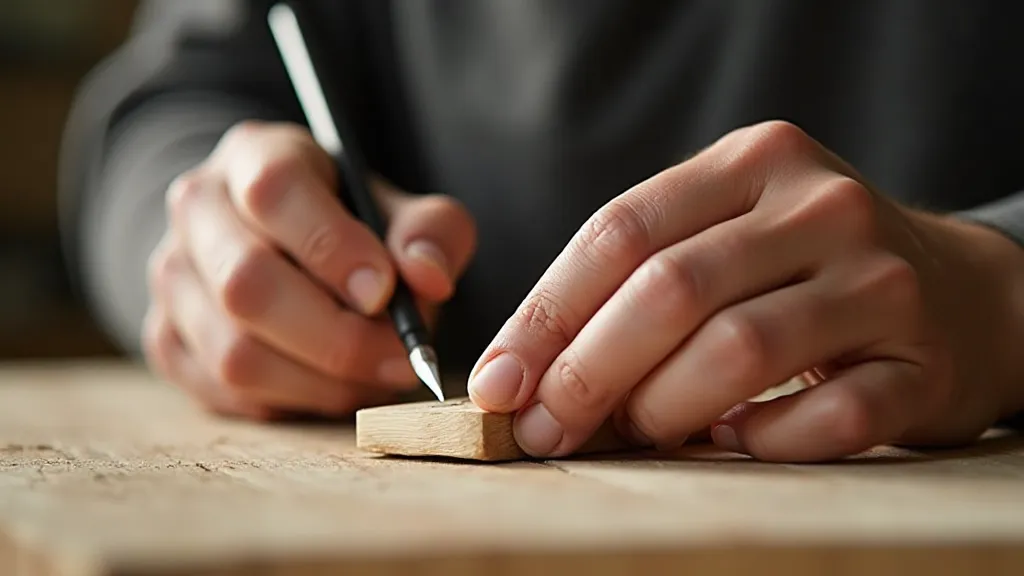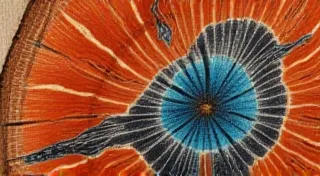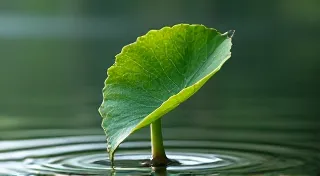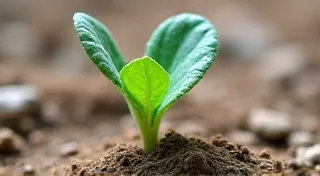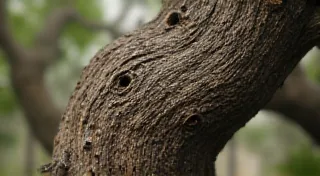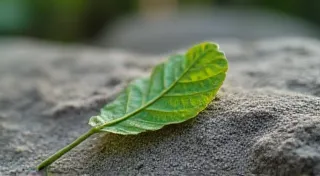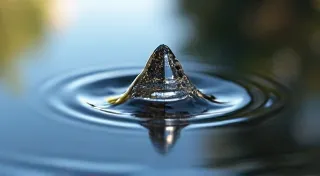The Wood’s Patience: A Lesson in Deliberation and Slow Craft
In a world obsessed with speed – instant downloads, overnight successes, the relentless churn of social media – there's a quiet rebellion taking place in workshops and pockets of calm: the resurgence of deliberate craft. For me, that craft, and perhaps one of the most compelling acts of resistance against our frenetic age, is penknife whittling. It’s an art form that demands, and rewards, patience. It's a dialogue between the maker and the wood, a slow unraveling of potential, and a profound lesson in the value of taking your time.
I remember my grandfather, a man of few words and incredible hands, meticulously restoring antique accordions. Each bellows fold, each carefully replaced key, was a testament to his commitment to preserving a history of music and ingenuity. He never rushed. He would often say, "The wood speaks, you just have to listen." It was a sentiment that seemed to apply equally to the delicate workings of a vintage accordion and the grain of a piece of basswood waiting to be transformed.
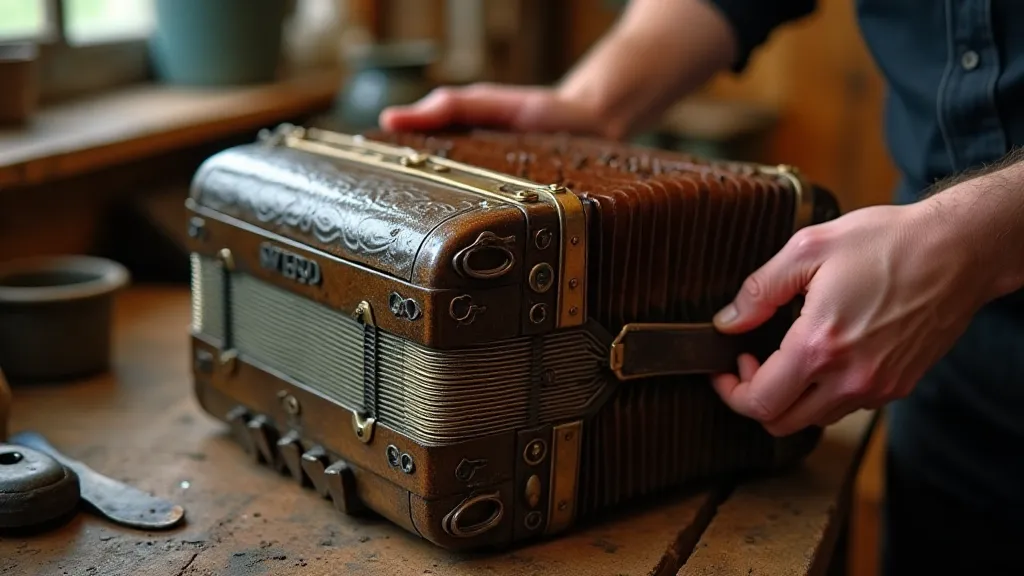
A History Rooted in Necessity and Folklore
The history of penknife whittling, like many folk arts, isn’t etched into official records. It didn’t emerge from academies or guilds. Instead, it grew organically from the everyday needs and leisure activities of ordinary people. Think back to a time when manufactured goods were scarce, and self-sufficiency was a necessity. Tools were precious, and a simple penknife – easily carried and readily available – became a gateway to creativity. Farmers, sailors, pioneers – they all likely engaged in some form of whittling, transforming scraps of wood into toys for children, functional objects, or simply a means of passing the time during long, solitary journeys.
Initially, it wasn's about aesthetics; it was about utility. Small wooden spoons, simple figures, even rudimentary tools were all achievable with a sharp blade and a bit of skill. As generations passed, the utilitarian aspect gradually intertwined with a burgeoning artistic tradition. Folk art carving began to flourish, especially in rural communities. Animals, faces, and whimsical characters began to appear, often reflecting the values, stories, and beliefs of the culture from which they sprung. These weren't finely sculpted masterpieces; they were heartfelt expressions created with whatever materials were at hand, infused with a unique charm and personality.
The Penknife: More Than Just a Tool
The choice of tool – the penknife itself – is significant. It’s an unassuming instrument, a far cry from the power tools many associate with woodworking. But it’s precisely this simplicity that lends itself to the intimate connection fostered by penknife whittling. There’s a vulnerability involved, a reliance on finesse rather than brute force. The sharp edge demands respect; a careless movement can lead to a slip, a lost piece of wood, or worse. This vulnerability encourages mindful attention, a focus on the present moment that's increasingly rare in our lives.
The evolution of the penknife itself mirrors the evolution of the craft. Early knives were often simple folding knives, made by blacksmiths and valued for their durability and practicality. As carving techniques developed, knife designs improved, with specialized blades and handles crafted to optimize performance. Today, a wide variety of penknives are available, from traditional Sheffield knives to modern designs tailored specifically for whittling. Regardless of the knife's origin, the fundamental principle remains the same: a sharp blade in a steady hand.
The Wood’s Language: Understanding the Grain
Working with wood is more than just cutting and shaping; it's about understanding the wood’s language. Every piece of wood has its own grain pattern, its own density, its own inherent character. A skilled whittler learns to read this language, to anticipate how the wood will respond to the blade. Basswood, a favorite among beginners, is known for its softness and ease of carving. Walnut offers a richer color and a slightly more challenging texture. Pine, with its distinctive knots and grain, presents a different set of opportunities and obstacles.
The patience required isn’s just about taking your time with each cut; it’s about pausing to observe, to assess, to adjust your approach based on the wood’s reaction. This isn’t a process of imposing your will on the material; it's a collaboration, a dance between the maker and the wood. And it’s in this dialogue that the true beauty of penknife whittling emerges.
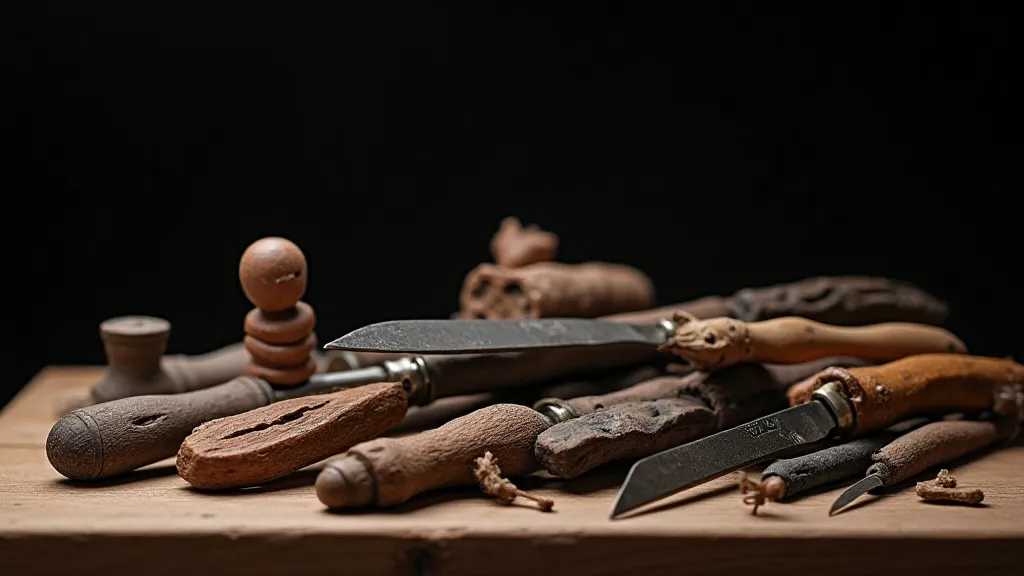
Slow Craft in a Fast World
In a world saturated with instant gratification, the act of deliberately slowing down can feel almost revolutionary. Penknife whittling isn't about rushing to a finished product; it's about appreciating the journey, the process of creation itself. It’s a way to reconnect with our senses, to quiet the incessant chatter in our minds, and to find solace in the simple act of making.
Just as my grandfather patiently restored those antique accordions, bringing back to life instruments that echoed with the music of generations past, penknife whittling offers a pathway to mindful presence. Each shaving of wood becomes a meditation, a moment of focused attention that grounds us in the here and now.
The value of slow craft isn’s just about the object created; it's about the person who creates it. It’s about cultivating patience, developing focus, and finding joy in the process of making something tangible with your own hands. It's a lesson in deliberate action, a reminder that true beauty often emerges from a willingness to take your time and listen to the wood's patience.
